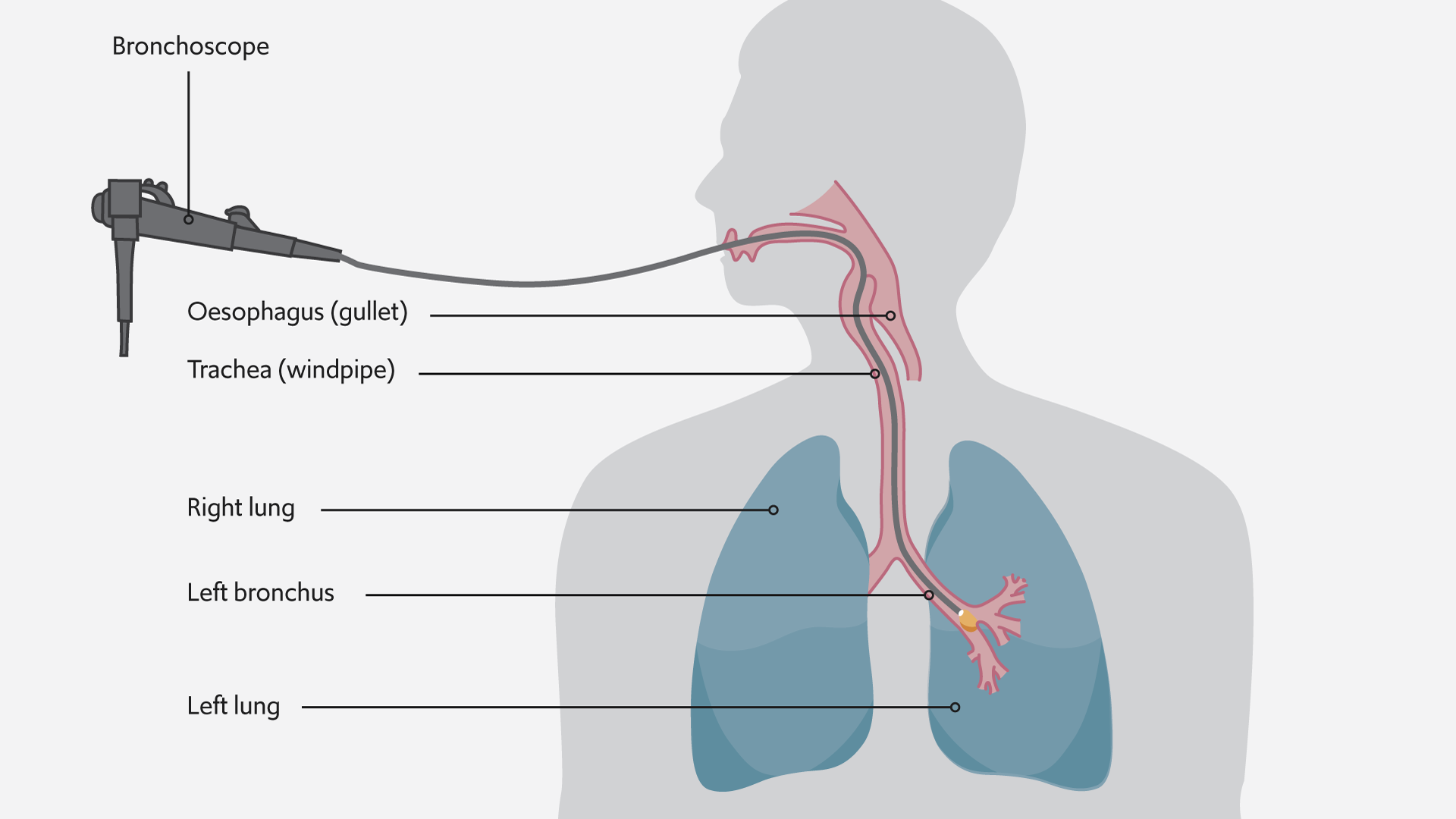Lung cancer cryotherapy can offer a chance of a cure for early stage lung cancer and help alleviate symptoms for those with advanced lung cancer.

The fresing cryotherapy treatment kills the lung cancer cells which are the naturally removed from the body.After one or cryotherapy treatments, the growth is completely cleare or reduced in size
The global burden of lung cancer
Lung cancer is the leading cause of cancer-related deaths worldwide, responsible for approximately 1 in every 4 (1.6 million) cancer-related deaths annually.
Most cases can be attributed to smoking and it mainly occurs in older people, with the average age of diagnosis around 70 and is rarely diagnosed in those younger than 45.
Unfortunately, due to the late onset of symptoms, lung cancer is often only diagnosed at an advanced stage. For this reason, the chance of surviving the condition remains low despite great advancements in treatment options available.
For patients with advanced lung cancer that is inoperable, treatment is often confined to alleviating symptoms to improve the quality of life of patients. One such treatment is called ‘endobronchial cryotherapy’.
What is endobronchial cryotherapy?
Endobronchial cryotherapy is a treatment that uses a bronchoscope – a flexible tube-like device with a camera at the end – to reach the part of the airways affected by the cancer and apply a cryogen – a substance used to produce very cold temperatures – from its tip directly to the cancer.
The cryogen can achieve temperatures of between -78°C and -187°C. This works to kill the cancer cells, as well as cutting off the blood supply to it. The dead cells are then naturally removed by the body.
The procedure is short, lasting around 20 minutes, and is performed under general anaesthesia. The cryogen is applied for 3-5 minutes at a time and over several areas if the cancer growth is large, to aim to freeze it completely.
It is a safe minimally invasive procedure that has been used for over 25 years for the effective treatment of lung cancers that obstruct the airways and there are minimal side effects, with a sore throat being most common after the procedure.
“Endobronchial cryotherapy is a suitable option for patients with advanced lung cancer that cannot be operated on and have few other treatment options available to them. Many of our patients have reported improvements in symptoms such as being able to breathe much better after the procedure,” explains our consultant thoracic surgeon, Mr Nizar Asadi.
“In addition, if we manage to catch lung cancers early enough when they are small and localised to the airways, cryotherapy can be curative in some patients. Otherwise, it can work to reduce the size of the cancer growth in these patients so that less of the lung tissue needs to be removed during a lung resection procedure (a surgical procedure to remove part of the lung with cancer) and so ensuring lung function is preserved as much as possible.”
Endobronchial cryotherapy may be repeated on multiple occasions – approximately every 4-6 weeks – to remove or reduce the size of the cancer over time.

A bronchoscope with a camera at its end is used to apply the freezing cryotherapy treatment directly to the cancer growth
A specialist team behind every patient
As a specialist heart and lung care centre, we perform many endobronchial cryotherapy procedures each year, with patients coming from far and wide for lung cancer treatment.
Our world-leading multi-disciplinary team reviews each patient in turn, to offer opinions from multiple perspectives and develop the best treatment strategy for them. From our histopathologists that can accurately diagnose the type of cancer from lung biopsies to our thoracic surgeons that can remove it, each patient receives the best care available.
A young mum can breathe again
“After the first cryotherapy session, I felt so much better. They managed to remove about 80% of the tumour in the first session,” explains one of our UK-based patients.
The 40-year-old teaching assistant and mum of two developed a rare type of lung cancer called a pulmonary carcinoid tumour. She first noticed that she might have a problem with her lungs when she started to wheeze without exerting herself too much.
Her doctors initially felt this might be due to asthma, but after inhalers had no impact on her condition, she was referred to Mr Asadi’s care for further investigation.
After a routine bronchoscopy, her cancer was spotted, and Mr Asadi started her treatment with cryotherapy to shrink the tumour. Once it was reduced in size, a lung resection surgery was performed to remove the cancer remaining.
“The service and treatment that I received was excellent. There wasn’t any delay, and everything was done fairly quickly – even during the COVID-19 pandemic,” she shares of her experience receiving treatment with us.
Get in touch
For more information or to book an appointment, please contact our customer care team.
Related content
-
Lung cancer
Lung cancer is a condition caused when the cells that make up the tissue of the lungs become abnormal and grow into a tumour.
-
Lung cancer risk assessment
Our world-leading specialists can assess your risk of developing lung cancer during a consultation.
-
Respiratory medicine
Our respiratory medicine services at Royal Brompton and Harefield hospitals are world-renowned for their innovative and ground-breaking treatments and patient care.
